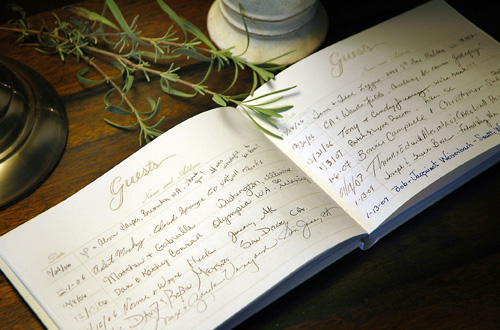Flowers tend to be an expected part of the North American funeral ritual. They can also be costly, and lead to confusion.
The immediate family will traditionally choose a “Casket Spray”, a flower piece that sits on top of the casket.
A Casket Spray will cost between $150-700 typically, depending on the size of it, and what type of flowers.
There will often be a ribbon on the Casket Spray. This ribbon is meant to indicate who the deceased was to the family…. “Mother”, “Daughter”, “Beloved Wife”.
Some families will choose to have additional flower pieces, from individual family members, on either side of the casket, or in wreaths or smaller arrangements.
The cost of these additional pieces will vary, from $150-$500 typically, depending on size and type of flowers.
As traditional acknowledgement of death, flowers are sent from extended family and friends. It is appropriate to send one floral piece from a family, or a group of people.
A more modern movement is showing a shift towards charitable donations in lieu of flowers, to have a more beneficial and environmentally friendly impact.

